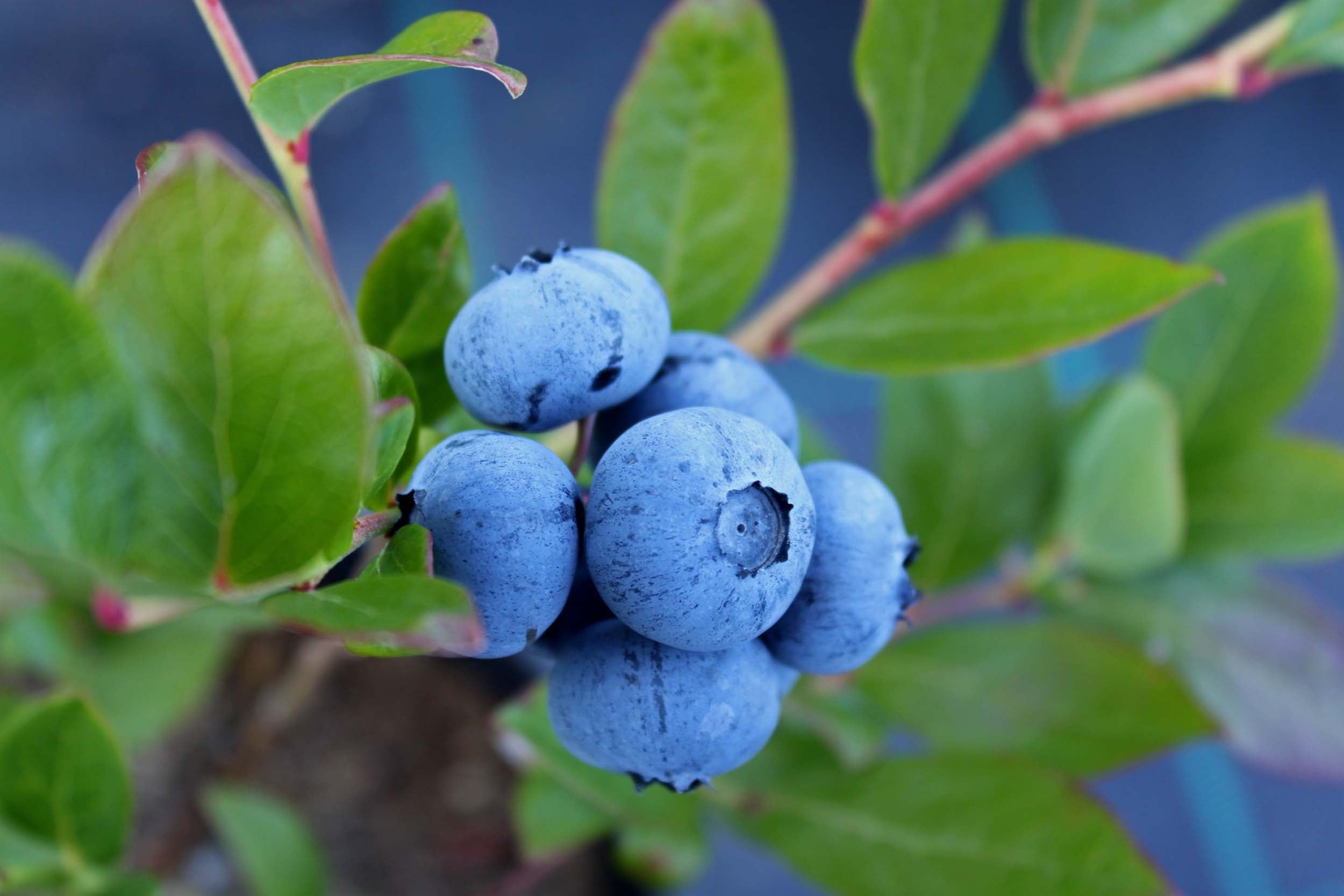Planting and growing blueberries in the Pacific Northwest can be a rewarding experience. Blueberries thrive in this region due to the mild climate and acidic soil conditions. To help you successfully grow blueberries, here are some beneficial tips:
Variety selection - Choose blueberry varieties that are well-suited to the Pacific Northwest region. Some popular cultivars for this area include ‘Bluejay,' 'Bluecrop,' Jersey,' and ‘Patriot.' Consider factors such as disease resistance, flavor, and harvest time when selecting varieties.
Site selection - Blueberries require full sun exposure, ideally getting at least six to eight hours of direct sunlight each day. Select a location in your garden that offers good air circulation and has well-draining, acidic soil with a pH range of 4.0 to 5.5.
Soil preparation - Prior to planting, amend your soil with organic matter such as peat moss, compost, or well-rotted pine bark to improve drainage and increase acidity. Conduct a soil test to determine its pH level and nutrient content. Adjust the pH if necessary, by adding sulfur or other acidifying agents.

Planting process - Dig a hole that is twice as wide and deep as the blueberry plant's root ball. Gently remove the plant from its container and loosen the roots. Place the plant in the hole, ensuring that the soil line on the stem is level with the ground. Backfill the hole with soil, gently firming it around the roots. Water thoroughly after planting.
Mulching - Apply a layer of organic mulch, such as wood chips, sawdust, or pine needles, around the base of the blueberry plants. Mulch helps retain moisture, suppresses weeds, and maintains soil acidity. Avoid using bark mulch, as it can raise the pH over time.
Irrigation - Blueberries require consistent moisture, especially during the growing season and fruit development. Provide deep watering to keep the soil evenly moist but not waterlogged. Avoid overhead irrigation, as it can promote diseases. Drip irrigation or soaker hoses are ideal for delivering water directly to the roots.
Pruning and maintenance - Blueberries benefit from regular pruning to maintain plant vigor, remove dead or diseased wood, and promote new growth. Prune during late winter or early spring before the new growth begins. Blueberries also require regular fertilization with an acidic fertilizer specifically formulated for acid-loving plants.
Pest and disease management - Keep an eye out for common pests such as aphids, blueberry maggot, and spotted wing drosophila. Monitor your plants regularly and take appropriate measures if infestations occur. Additionally, watch for diseases like powdery mildew, mummy berry, and root rot. Proper sanitation, good air circulation, and planting disease-resistant varieties can help prevent these issues.



Leave a comment